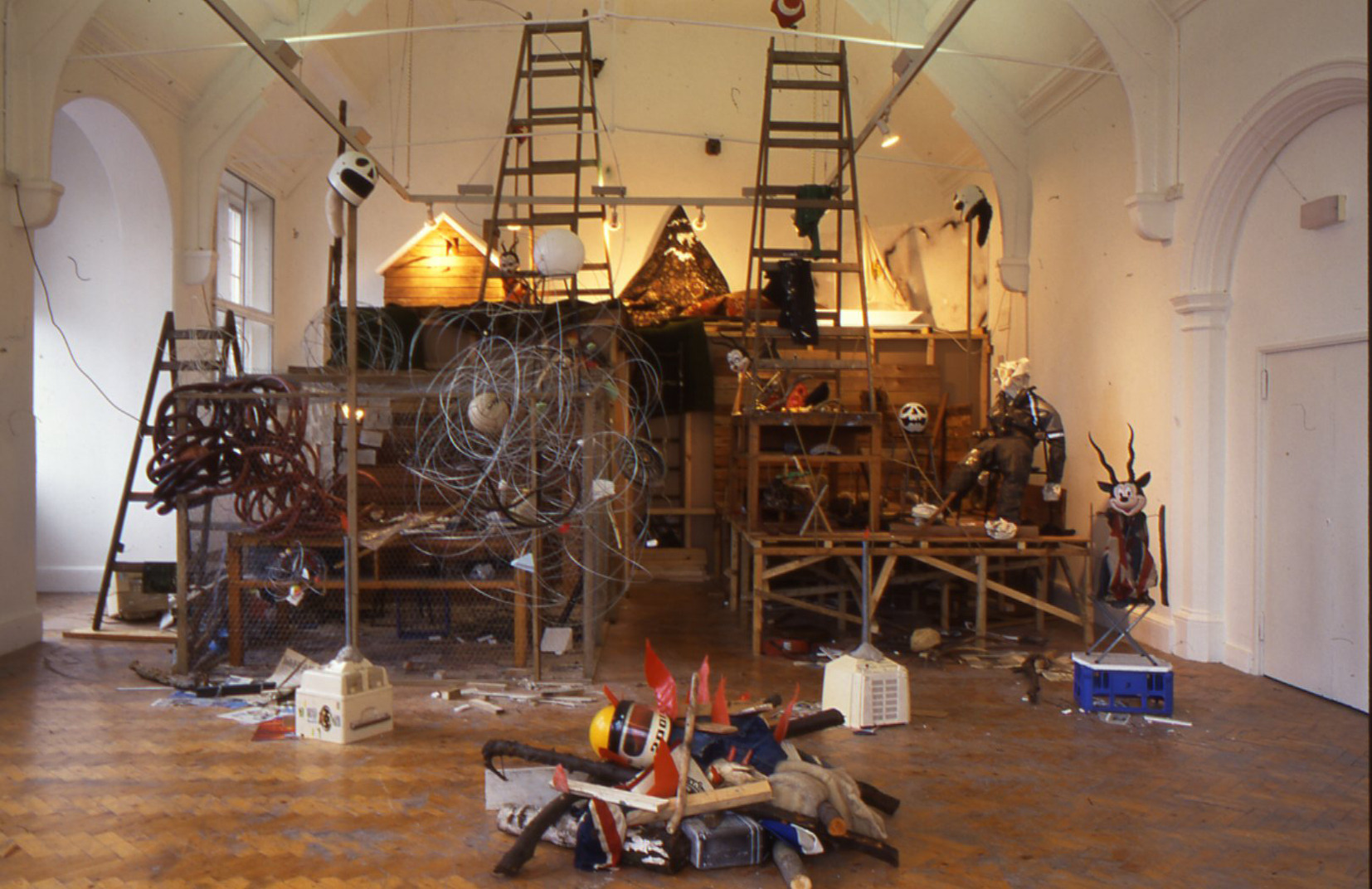
Image: Mike Nelson Studio Apparatus, 1998. Courtesy and copyright the artist.
Acclaimed British artist Simon Starling talks to Central Station about Never The Same River (Possible Futures, Probable Pasts) at Camden Arts Centre. The show, curated by Starling, draws on the venue’s history and past exhibitions and includes work by over 30 celebrated artists and designers. It runs until 20 Feb 2011.
Never The Same River (Possible Futures, Probable Pasts) is centred on the history and space of the Camden Arts Centre. What is your own connection to the place and how did this influence your approach to the show?
I have a long history as both a member of the viewing public and an exhibitor at Camden Arts Centre. I started going to see exhibitions there in the late 80s and was invited initially in 1999 as an artist in residence and then in 2000 to exhibit. I installed a work entitled ‘Burn-Time’, which in part involved building a brick stove in one of the galleries to cook some eggs produced in a custom-built henhouse. The stove was built using bricks from one of the Centre’s walls and during the exhibition some architects arrived to start planning the refurbishment of the building – they drew my brick stove into the plans of the building as if it had always been there. This was doubly poignant as the architect of the original library that now houses was my great, great uncle, Arnold S. Tayler.
How did you go about delving into the history of the Camden Arts Centre and its previous exhibitions? What did you use as a starting point for the show?
Many of the works in the exhibition are things I’ve seen “in the flesh” over the years – things that left an impression or influenced my own practice in various ways. Added to this, I spent time rooting around in the archives, digging up works that push and pull at our understanding of time. Selecting the exhibition involved taping into the collective memory of the institution, too – talking with people who’ve been involved in one way or another over the years. I decided at a certain point that the works should be installed in exactly the same position that they had been positioned in the building the first time around – collapsing fragments of the exhibition history into a single moment.
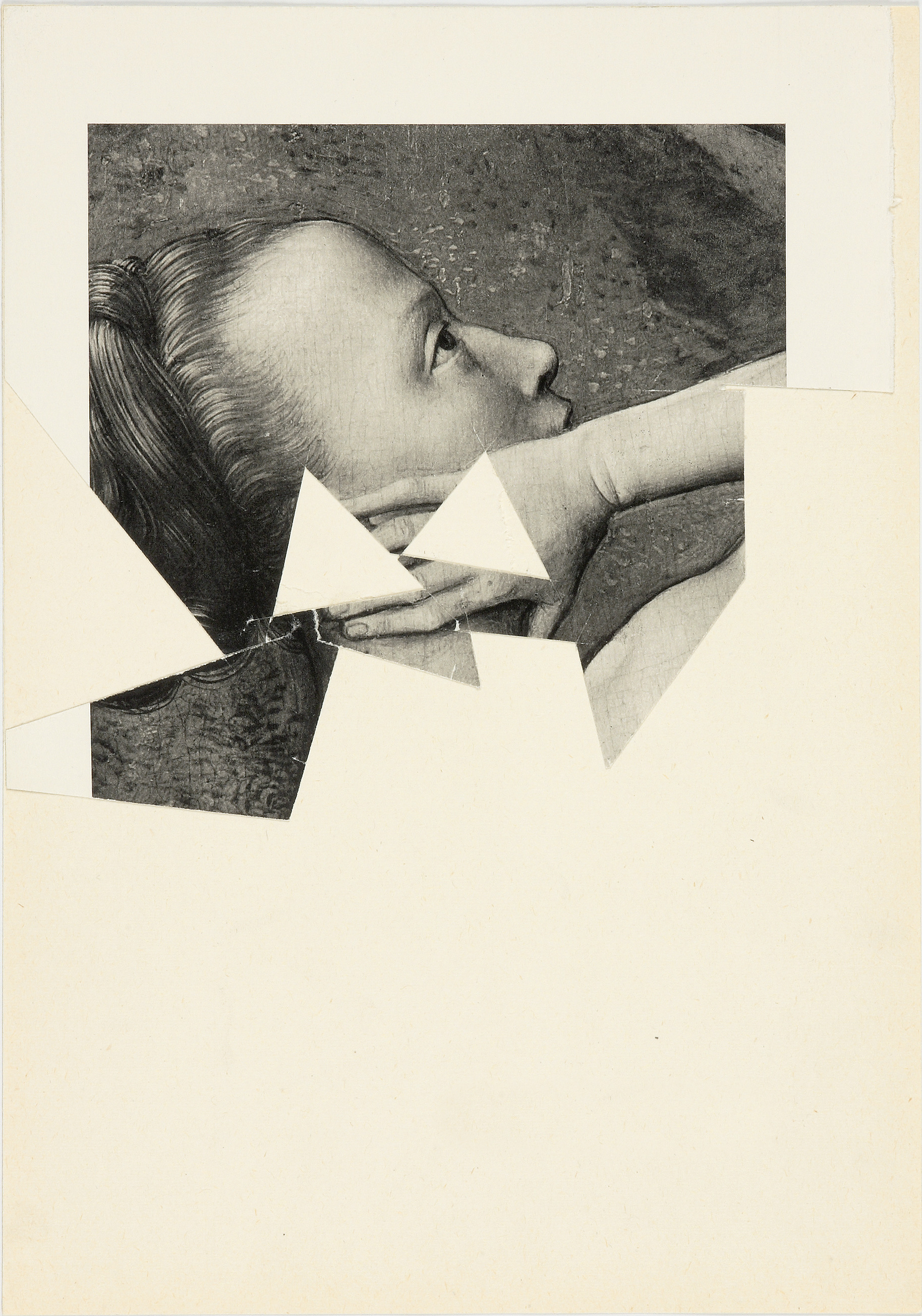
Image: Katja Strunz, Untitled, 2009. Courtesy and copyright the artist.
Is there any one piece in the show that you feel you have a particular affinity towards or were particularly impressed by? If so what and why?
There are a number of works that were there at the beginning when developing the concept for the exhibition – things that I built the exhibition around. The film “The Relationship of Inner and Outer Space” by Argentine artist David Lamelas was made in 1969 at the moment of the first moon landings, and is one of these key works. This beautiful film starts by interrogating the infrastructure of the Centre but ends with science fiction-like musings on a future in space. Mike Nelson phantom ‘Studio Apparatus for Camden Arts Centre’ was also an important element and is perhaps the shows most disorientating déjà-vu moment. This hugely complex structure, initially built over 10 years ago, has taken Mike six weeks to rebuild, and is part of his ongoing interest in reiterating or redeploying previous works. The Studio Apparatus were a set of speculations or projections of future works and have now quite literally become that in their own right.
Your previous work has often been fascinated with the idea of circularity and transformation. Do you see this theme present in Never the Same River?
I’ve been very interested in trying to defy the temporal norms of contemporary life – turning back time, slowing things down – and that kind of interest has very much fed into the making of this exhibition.
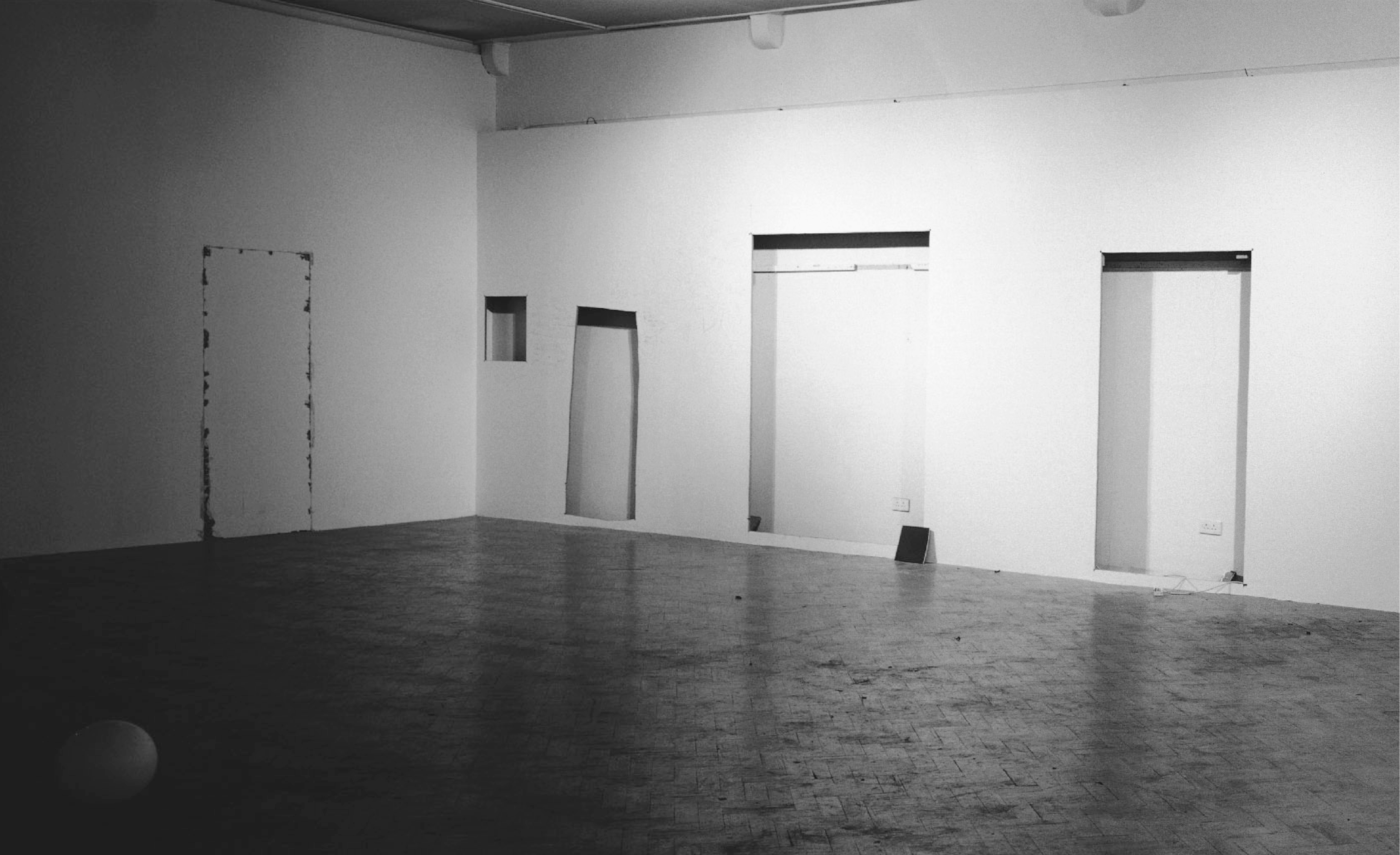
Image: Oliver Godow, The art works that got cut away, Camden Arts Centre London, 2002 (part of the artist commission 2002-04). Silver gelatin print. Courtesy and copyright the artist.
How did the process of curating the show shed light on your own practice?
The curating of the exhibition, the hard graft was in large part taken care of by the team at Camden. I had the luxury of selecting the exhibition and my approach to this was something that’s very close to my own work – I’m often working with pre-existing artworks or design objects – finding ways to reinvent them as tools to think about the present and future.
Find out more about Never the Same River here.



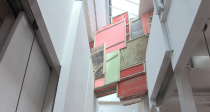
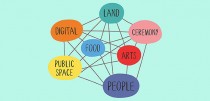









Comments